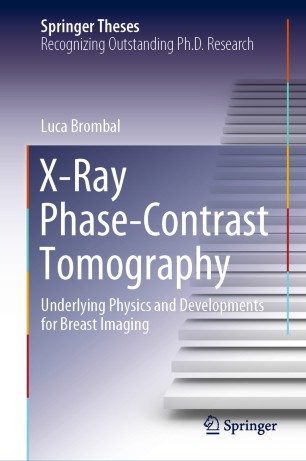

Most ebook files are in PDF format, so you can easily read them using various software such as Foxit Reader or directly on the Google Chrome browser.
Some ebook files are released by publishers in other formats such as .awz, .mobi, .epub, .fb2, etc. You may need to install specific software to read these formats on mobile/PC, such as Calibre.
Please read the tutorial at this link: https://ebookbell.com/faq
We offer FREE conversion to the popular formats you request; however, this may take some time. Therefore, right after payment, please email us, and we will try to provide the service as quickly as possible.
For some exceptional file formats or broken links (if any), please refrain from opening any disputes. Instead, email us first, and we will try to assist within a maximum of 6 hours.
EbookBell Team

0.0
0 reviewsX-ray imaging is a corner stone of breast cancer diagnosis. By exploiting the phase shift of X-rays rather than their attenuation, phase-contrast tomography has the potential to dramatically increase the visibility of small and low contrast features, thus leading to better diagnosis. This thesis presents research on the first synchrotron-based project developing a clinical phase-contrast breast computed tomography (CT) setup at Elettra, the Italian Syncrotron Radiation Facility. This book includes a comprehensive theoretical background on propagation-based phase-contrast imaging, exploring and extending the most recent image formation models. Along with theory, many practical implementation and optimization issues, ranging from detector-specific processing to setup geometry, are tackled on the basis of a large number of experimental evidences. Most of the modelling results and data analysis have general validity, being a valuable framework for optimization of phase-contrast setups. Results obtained at synchrotron are also compared with "real world" laboratory sources: both a first-of-its-kind comparison with one of the few hospital breast CT systems and a state-of-the-art implementation of monochromatic phase-contrast micro-tomography with a conventional rotating anode source are presented. On a more general level, this work sheds a light on the importance of synchrotron-based clinical programs, which are key to trigger the long-anticipated transition of phase-contrast imaging from synchrotrons to hospitals.